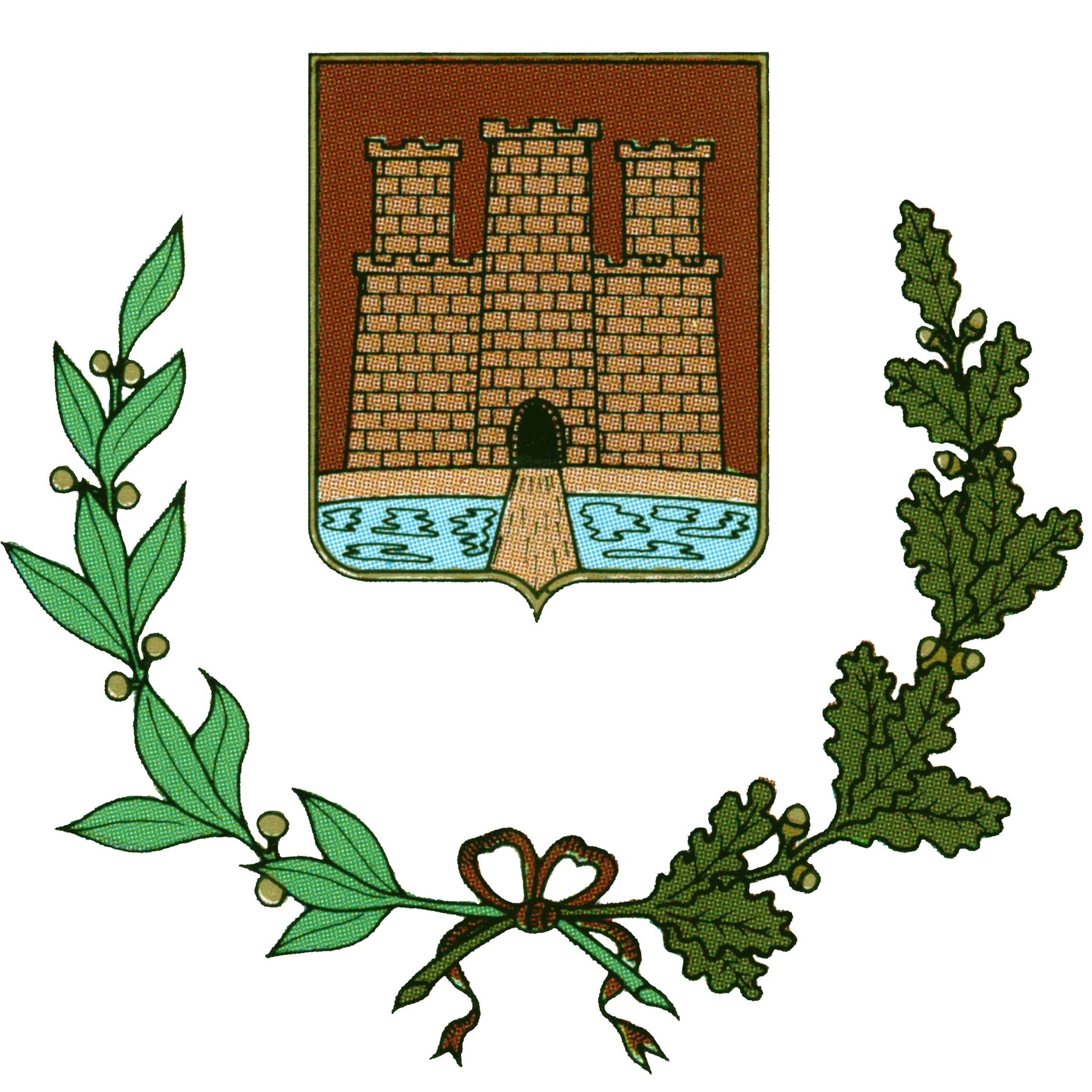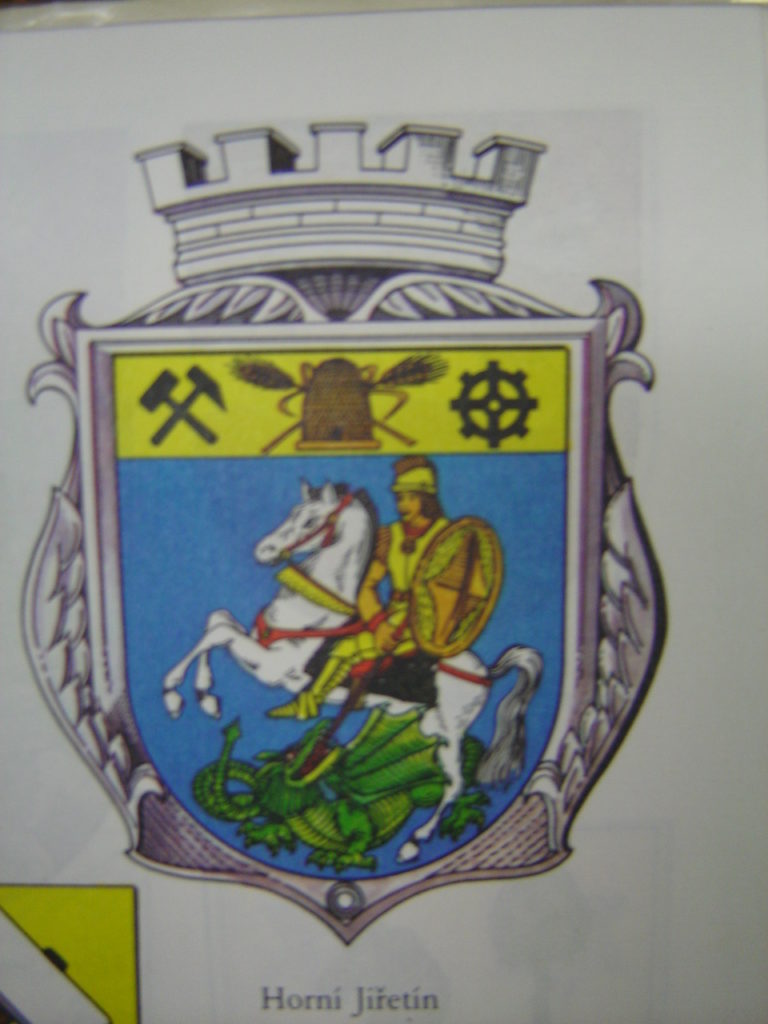Wine Tasting
페이지 정보
작성자 Alton 작성일24-12-29 13:19 조회64회 댓글0건관련링크
본문
Wine Tasting
What is a wine tasting person called?
A wine tasting particular person is also known as a oenophile. This term describes somebody who has a love for wine and appreciates its numerous qualities.

Do you eat during a wine tasting?
When attending a wine tasting, it's fairly widespread to include some meals within the expertise. While the primary focus is on sampling varied wines, meals can improve the overall tasting experience.
Why Eat During a Wine Tasting?
Eating throughout a wine tasting helps to:
- Balance Tannins: Foods can soften the astringency of high-tannin wines.
- Enhance Flavors: Pairing food with wine can deliver out unique flavors in both the wine and the dish.
- Prevent Overindulgence: Having meals can help mitigate the consequences of alcohol, allowing for a extra enjoyable tasting session.
What to Eat?
Typically, mild snacks are provided at wine tastings. These would possibly embody:
- Cheese platters
- Charcuterie boards
- Olives and nuts
- Breads and crackers
In abstract, whereas you do not have to eat during a wine tasting, together with food can improve your expertise and allow for higher appreciation of the wines being sampled.
What are the processing steps of wine?
The processing steps of wine contain several levels that remodel grape juice into the finished product loved in wine tasting. Each step performs an important role in determining the wine's taste, aroma, and overall quality.
1. Harvesting
The first step within the winemaking process is harvesting the grapes. This may be done either by hand or utilizing machines, typically going down in late summer time or early fall when the grapes reach their optimal ripeness.
2. Crushing and Destemming
After harvesting, the grapes are crushed to launch their juice. This process can also involve destemming, the place stems are removed to avoid bitterness within the last product. The result's a combination of juice, skins, and seeds often known as should.
3. Fermentation
The should undergoes fermentation, the place yeast is added to transform sugars into alcohol and carbon dioxide. This step can take from a quantity of days to weeks, and the temperature is fastidiously controlled to make sure optimum fermentation.
4. Pressing
After fermentation, the wine is pressed to separate the liquid from the solids. This step is essential, especially for purple wines, to extract colour and 오피사이트 tannins from the skins. The pressed juice is collected as the model new wine.
5. Aging
The wine is then aged in various containers, such as chrome steel tanks or oak barrels. Aging can final from a few months to several years and allows the wine to develop complexity and depth of taste.
6. Clarification
Before bottling, the wine undergoes clarification to remove any remaining solids. This is commonly achieved by way of methods like filtration or fining, leading to a clearer and extra visually interesting wine.
7. Bottling
Once clarified, the wine is ready for bottling. It might undergo a final adjustment of acidity or sweetness before being sealed in bottles, ready for distribution and tasting.
8. Enjoyment
Finally, the completed wine is ready for tasting. Enthusiasts can respect its unique flavors and aromas that resulted from the meticulous winemaking process.
Each of these steps contributes to the wine's character, making the expertise of wine tasting an exploration of the artistry and science behind winemaking.

Warning: Use of undefined constant php - assumed 'php' (this will throw an Error in a future version of PHP) in /data/www/kacu.hbni.co.kr/dev/skin/board/basic/view.skin.php on line 152
댓글목록
등록된 댓글이 없습니다.

